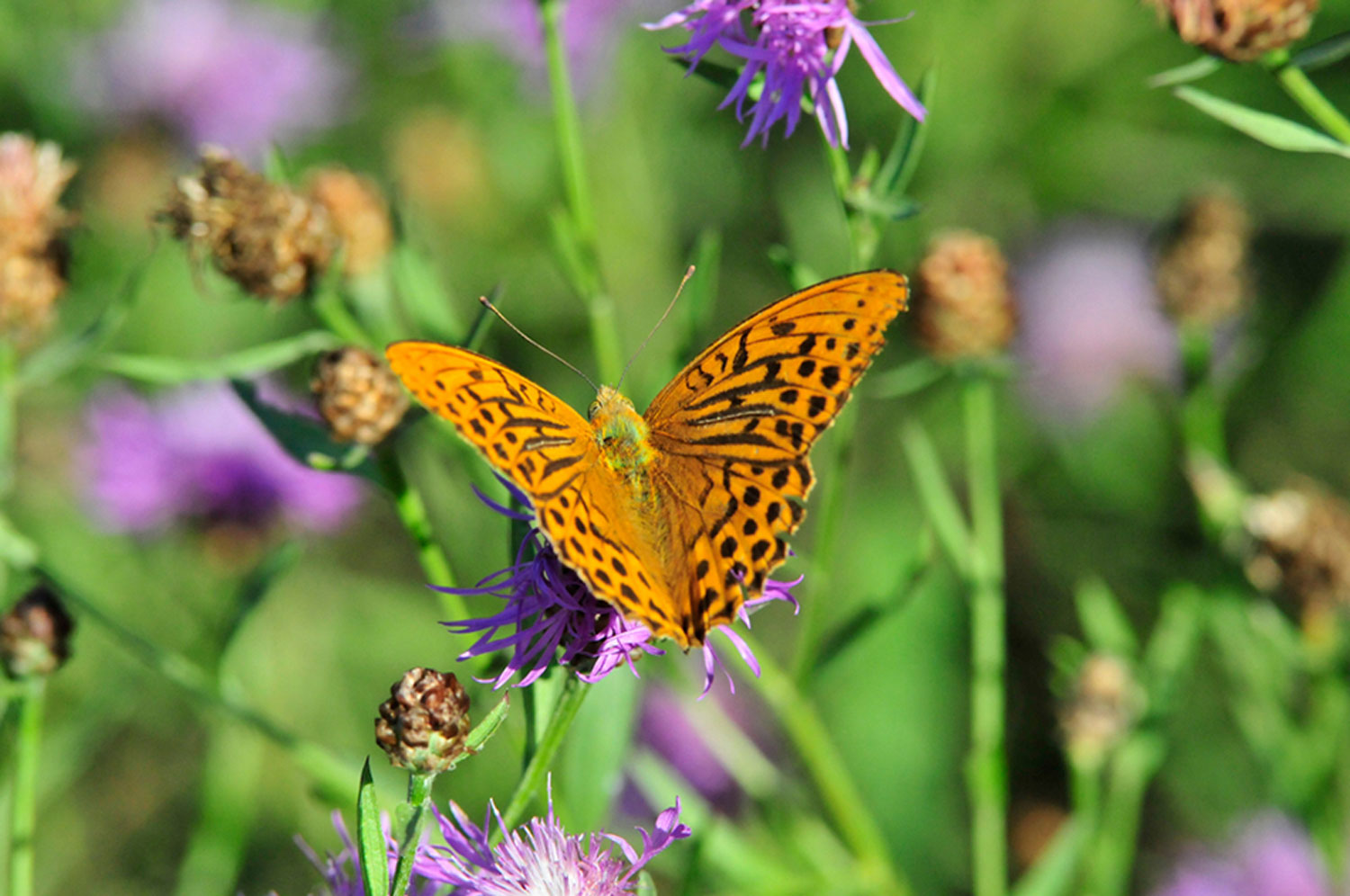In this guest article, Rachel Brown of DIY Garden shares her knowledge on Dartmoor’s fascinating butterfly population and why they’re important to the natural environment. Read on to find out more.
Dartmoor is one of Britain’s most varied outdoor spaces. Its landscape includes bogs, granite outcrops, woodland, moorland, wetland, and heathland that spread over 368 square miles.
Intensive farming has never taken off here because Dartmoor’s geology includes a lot of granite and acidic soil. This unspoiled natural landscape has given wildlife a chance to thrive.
In Dartmoor you’ll spot wild ponies, damselflies, skylarks, bats, fairy shrimp, hazel dormice, lizards, and rare butterflies.


What Butterflies Live On Dartmoor?
The county of Devon is home to a huge 38 types of resident butterfly plus other migrant visitors. This high number of species is due to the warmer southern climate and the amount of wild plants that naturally grow there. A wide variety of butterfly species live on Dartmoor. These include garden-visiting peacocks, painted ladies, tortoiseshells, and meadow blues, and there are others more characteristic of Dartmoor’s specialised moorlands. You’ll spot the brown argus, green-veined white, green hairstreak, small heath, purple hairstreak, and white admiral here too. But that’s not all. One of the rarer species of UK butterfly is thriving on Dartmoor in part thanks to the Butterfly Conservation Group who have a project dedicated to boosting their numbers. We’re talking about fritillaries.
Fritillaries On Dartmoor
Fritillary butterflies are globally endangered. The marsh fritillary, for example, has declined in population by 64% since 2005 and in distribution by 79% since 1976, but Dartmoor has the right conditions for them. In 2018 they were recorded on 30 sites on Dartmoor in steadily increasing numbers. Marsh fritillary feeds on the wildflower scabious and can be seen from mid-May to the end of June if you’d like to visit them. Other fritillaries enjoying Dartmoor’s butterfly-friendly landscape are the small pearl-bordered, dark green, and high brown fritillaries. There are so many butterfly species recorded on Dartmoor it’s a challenge to spot them all!Why Does Dartmoor Have Rare Butterflies?
Dartmoor’s varied landscape has specialised areas that are in decline across the rest of the UK. The vast moorlands, heaths and large areas of undisturbed bracken shelter eggs, caterpillars and butterflies all year round, plus its purple moor grass, rush pastures, and damp grasslands host a healthy amount of devil’s bit scabious and marsh violets that fritillaries need. Dartmoor’s landscape is a specialised ecosystem for our declining butterfly population that’s absent in most of the UK..jpg)


